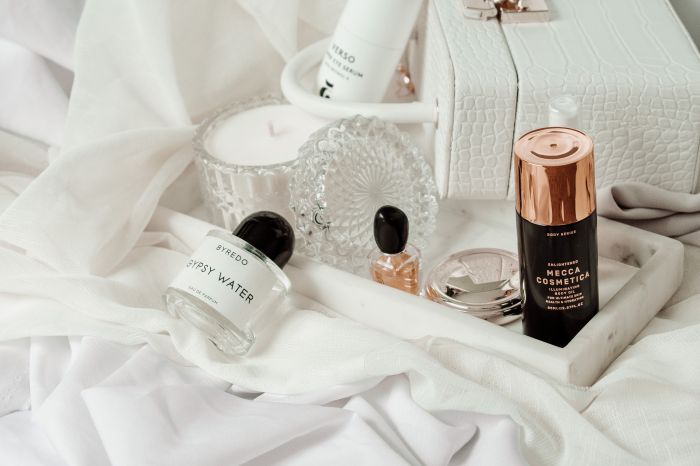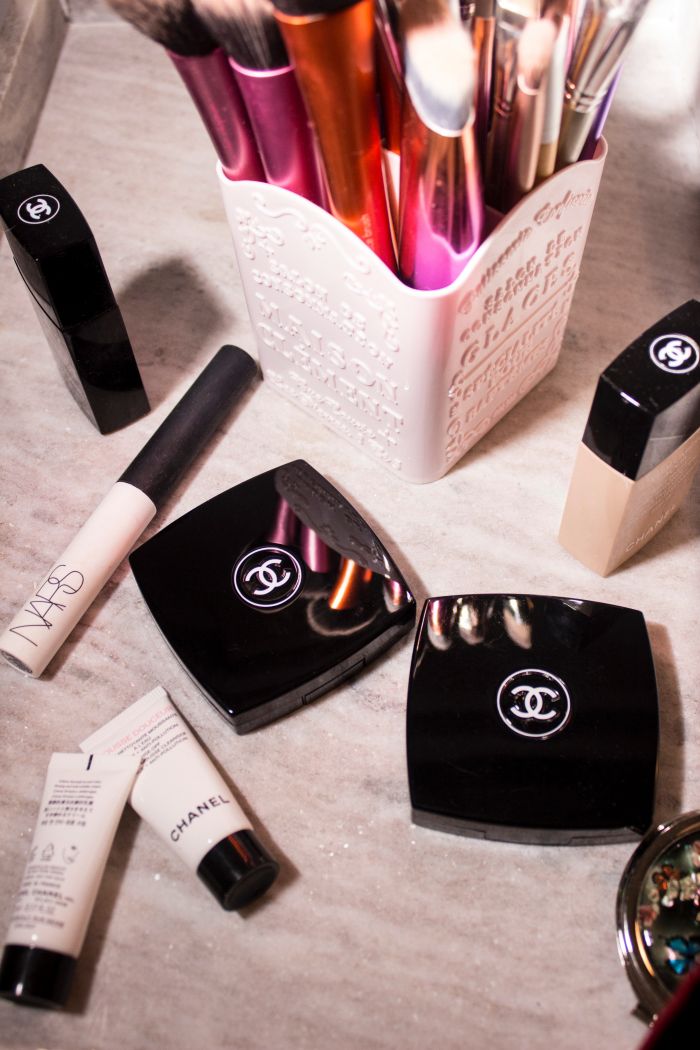
Recent times have brought impressive developments in the beauty industry pivoting it towards sustainable alternatives and innovation to incorporate eco-friendly practices. Thus, Green beauty was the beginning of a new chapter for the beauty industry. However, this philosophy focused on what goes inside the product, and the methods and ways of production and testing. Removing harmful ingredients like Parabens, Sulphates, Mineral oil and more the brands were still producing plastic and acrylic components to package them. The beauty industry hasn’t been the most environmentally conscious. The inherent requirement for single-use products, trial vials and non-refillable components make a significant percentage of the landfills and they continue to grow with time. While the latter is also a pressing concern – but that’s for another time.

Plastic is ubiquitous and is rapidly becoming one of the biggest man’s self-made enemies. While we replaced microbeads in our scrubs with bio-degradable solvents we are yet to find a solution for replacing the plastic packaging. A National Geographic story from last year took a deep dive into the beauty and skincare industry’s heavy dependence on plastic and its sister and found that US-made products require 120 times more plastic packaging than they did in 1960. The packaging industry for consumer product goods earns more than $25 billion in revenue every year, which eventually becomes a part of the ever-increasing landfills.

About 8 million tonnes of plastics enter the oceans every year that leads to choking and decapitating the marine animals and disintegrating into micro-plastics that make it almost impossible to be visible by the naked eye. Thus, depleting oceanic health has led to a newer way of sustainability – Blue Beauty. Unlike Green beauty, Blue beauty emphasizes on the overall sustainability of the product. Introducing the concept of the circular economy into the beauty industry, the Blue Beauty initiative tries to keep the waste in a loop and to be discarded when completely redundant.
French skincare conglomerate, L’oreal launched a sustainability program in 2013, ‘Sharing Beauty with All’ the company has tangible commitments working towards reducing the carbon footprint and transition to refillable, rechargeable and compostable plastic packaging by 2025. Shiseido is one brand that has its innovation game right. The company has been a strong advocate of environment-friendly products and plan to switch to compostable plastic packaging by 2025. The La Mer Blue Heart Oceans Fund was launched in 2017. It raised funds from the proceeds of the Blue Heart Limited Edition Cream.

Major brands like Dior, Hermes, Chanel, Hourglass have introduced refillable options while Mugler has been into the practice of refills since 1992. La Bouche offers $150 leather lipstick that is reusable, refillable and recyclable. The focus point of these is products is creating a packaging that one does not want to throw out in the first place. However, if refillable components isn’t an option brand like Kiehl's offer trade-in programs that allow the user to return the used up or expired products back to the company to recycle and dispose of properly.
In conclusion, ecological awareness has been a catalyst to fast track innovations and alternatives methods for the beauty industry. However, it’s a collective effort to make our world a better place to live in.









